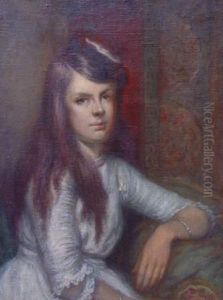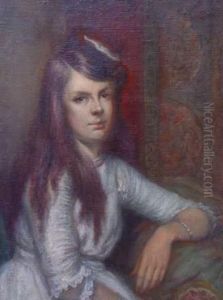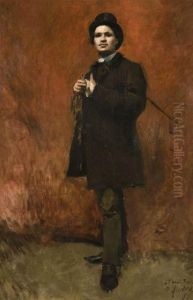Paul Audra Paintings
Paul Audra was a French painter born on December 25, 1842, in Lyon, France. Trained at the École des Beaux-Arts in Lyon, he went on to study under the guidance of Eugène Delacroix and Hippolyte Flandrin in Paris. Audra's early work was influenced by his teachers, especially by the romanticism of Delacroix and the neoclassical style of Flandrin.
During his career, Audra gained recognition for his historical and mythological scenes, as well as his religious paintings. His artwork often reflected a fascination with antiquity and the Renaissance, which was common among 19th-century French artists. Audra's technique displayed a mastery of light and shadow, and his compositions were known for their dynamic figures and dramatic narratives.
In 1866, Audra won the Prix de Rome, a prestigious scholarship for art students that afforded him the opportunity to study at the French Academy in Rome. His time in Italy had a significant impact on his artistic development, as he was exposed to the masterpieces of the Italian Renaissance and the ancient world, which further influenced his style and subject matter.
Audra exhibited his works at the Salon, the official art exhibition of the Académie des Beaux-Arts in Paris, where he received several awards throughout his career. His paintings were also shown internationally, and he gained a reputation as a skilled painter of his era.
Paul Audra's contributions to French art were celebrated during his lifetime, and his works continue to be appreciated for their historical value and artistic merit. Despite his success, he remains less well-known today compared to some of his contemporaries. Audra passed away on November 26, 1920, in Paris, leaving behind a legacy of work that captures the spirit of 19th-century French painting.


